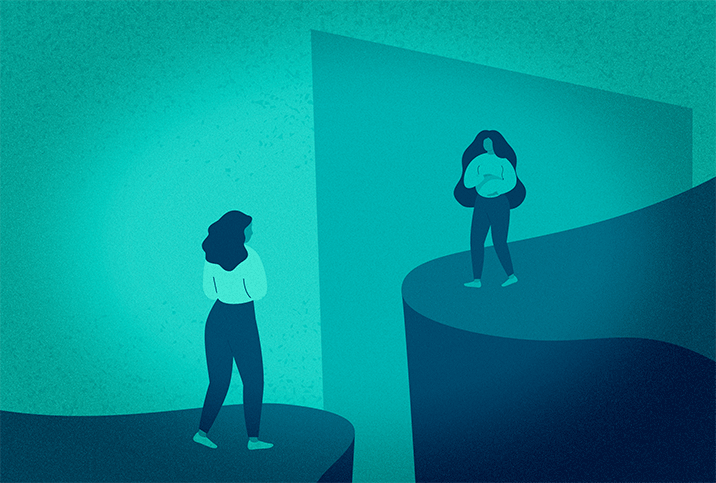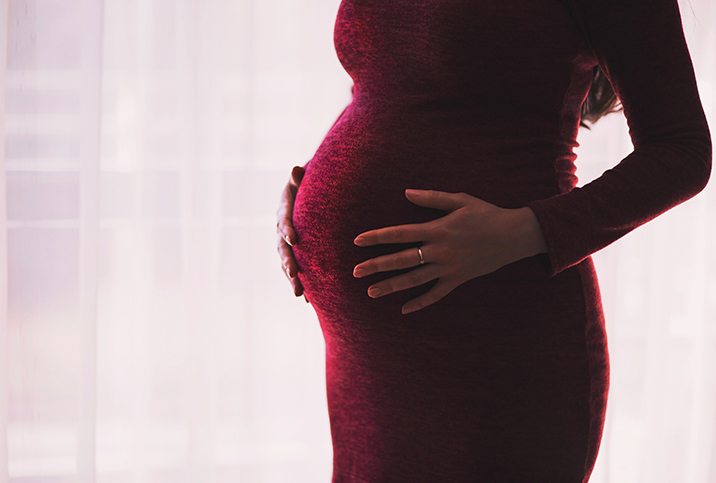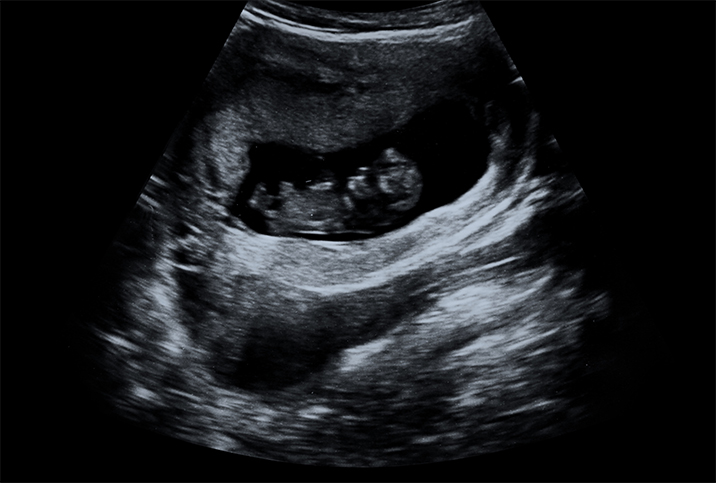Let's Stop Talking About the Fertility Cliff

Issues centering on aging for women are often focused on management and avoidance rather than welcoming the change—or even accepting it as a natural and inevitable process. One prominent topic in conversations about women's aging is the "fertility cliff." After age 35, you can apparently say goodbye to your fertile years.
But the idea of a fertility cliff is overly simplistic and often inaccurate in how it's presented. While fertility does decline as you get older (for women and men), the drop-off certainly is not a cliff.
The pressure of getting older
"We know the concept of the 'biologic clock' is very real," said Joel Batzofin, M.D., co-founder and medical director of Dreams Fertility in Palm Springs, California.
This clock relates primarily to egg quality. A woman is born with all the eggs she will have, and egg quality deteriorates with age.
"Noticeable changes start to happen around age 35, and then more marked deterioration tends to happen around age 38 and becomes most profound over age 40. So the pressure stems from this," Batzofin explained.
Instead of a cliff, fertility declines more slowly and is unique for everyone.
"A woman's fertility could better be expressed by the idea of a gradually declining slope. A woman's most fertile years are in her 20s, and by age 30, fertility has already begun to decline," said Luis Murrain, D.O., partner physician and Batzofin's co-founder of Dreams Fertility.
'Two main factors contribute to this: a decrease in egg quality as women get older, as well as an increase in the rate of chromosomal abnormalities.'
Concerns surrounding declining fertility do have merit. Murrain explained that the rate of decline continues to progress during the aging process and is compounded by increased miscarriage rates.
"Two main factors contribute to this: a decrease in egg quality as women get older, as well as an increase in the rate of chromosomal abnormalities," Murrain said.
"Pregnancies occurring in women at age 35 and older are termed as 'advanced maternal age' and are historically categorized as high-risk pregnancies, with increased health risks to both mother and baby," he added. "However, the idea that a woman should not have any concerns at age 34, but that she falls off a 'fertility cliff' at age 35 and has overnight developed a number of factors that have decreased her fertility is flawed."
The hype surrounding age 35
While there are very real egg-quality issues that become relevant and clinically manifest around age 35 and older, the decline is gradual, and medical advancements can help with conception. Still, the idea of the fertility cliff is not such a concrete concept.
A 2021 analysis of surveys of nearly 8,000 women published in the Journal of the American Medical Association (JAMA) extended the "cliff," or the reproductive life span, to 37.1 years old. Over the past 60 years, the average age of menopause has increased while the average age of menarche (first period) has declined, the analysis found.
The science behind women's fertility is ever-changing and advancing, and much of the stressful emphasis placed on turning 35 is derived from outdated and limited research.
The misogyny and stigma surrounding women's fertility
As with most conversations about women's aging, there is more than just a tinge of misogyny-laced stigma attached to fertility.
"It is unfortunate that long-dated social structures and beliefs around fertility have created unnecessary pressure for women as they decide when to have a baby," Batzofin said.
"I think that much of the bias and stigma women face as they get older is founded in outdated societal expectations and ideas, and unfortunately, these factors are often perpetuated throughout the media," Murrain added.
The conversation around fertility issues is far too focused on women as the sole problem.
Much of the stress is unwarranted. Several testing options help ensure healthy pregnancies. Technology, such as egg freezing and in vitro fertilization (IVF), also decreases some of the risks.
What's more, the conversation around fertility issues is far too focused on women as the sole problem. Less commonly discussed is the fact that issues with men's fertility contribute to 50 percent of infertility cases overall, according to research. Sperm quality also declines with age, yet the conversations around sperm preservation "while you are still young" are seemingly absent from the medical community and media.
Challenging the narrative
With more contrary evidence and technological advancements in hand, it's time to end the idea of a fertility cliff. Focusing all the negative attention on women's reproduction while leaving men out of the narrative only contributes to misogynistic, outdated and harmful biases targeting women.
Women are not alone in their concerns about family planning, nor are they solely responsible when fertility issues arise. Removing the stigma surrounding age as a prominent contributing factor will allow the medical community and media to focus on other likely culprits related to declining fertility rates.


















